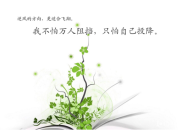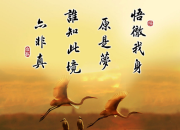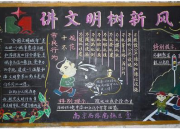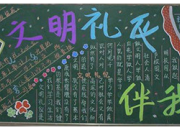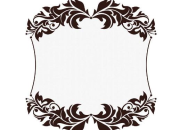牛仔裤的环保染料研究英语美文
时间:2021-08-31They can be tight, flared, ripped at the knee. Jeans come in all styles and colours these days, but one hue will always be synonymous with the world’s favourite garment: indigo blue.
如今,牛仔裤有各种款式和颜色,款式有紧身的、喇叭式的、露膝盖的。但是有一种颜色一直是世界上最受欢迎的服装的代名词:靛蓝色。
To satisfy the world’s seemingly insatiable demand for blue denim, more than 45,000 tonnes of indigo dye are produced every year, with much of the waste making its way into rivers and streams, conservationists say.
环保主义者称,为满足世界对蓝色牛仔布无尽的需求,每年要生产45000多吨靛蓝染料,同时造成大量的废物流入河流和小溪。
On Monday, scientists announced they had developed a greener method to produce the coveted tint -- using lab-grown bacteria.
周一, 科学家们宣布他们已经开发出一种更加绿色环保的方法,生产人们一直渴望的色调——利用实验室培育的细菌。
While not yet commercially viable, the technique holds promise for a "much-needed to the historic, but unsustainable, indigo dyeing process," researchers wrote in the journal Nature Chemical Biology.
研究人员在《自然化学生物学》杂志上撰文称,这项技术虽然还没有商业可行性, 但是有望改良“历史上亟需更新的但不能长期保持色泽的靛蓝染色工艺。”
"Demand for the dye is higher than ever before, making its ecological consequences unsustainable," they warned.
他们警告说:“人们对染料的需求比以往任何时候都要大,这样会造成生态的不可持续。”
Originally extracted from plants, indigo is one of the oldest dyes, with evidence of its use in textile colouring going back some 6,000 years.
靛蓝染料最初是从植物中提取的, 是最古老的染料之一。有证据表明靛蓝染料用于纺织品着色的历史可以追溯到大约6000年前。


